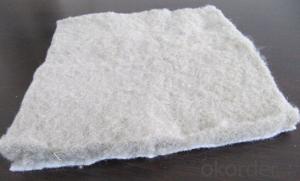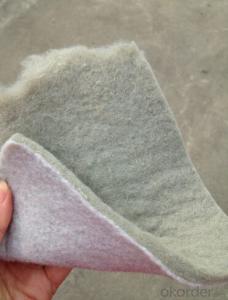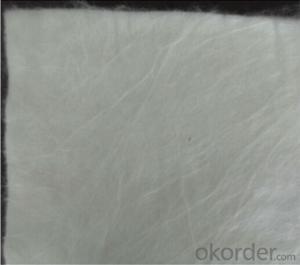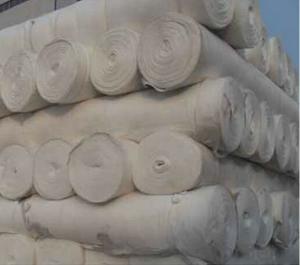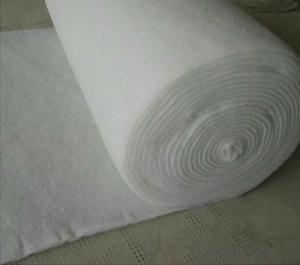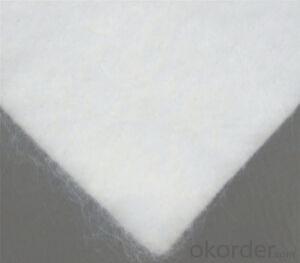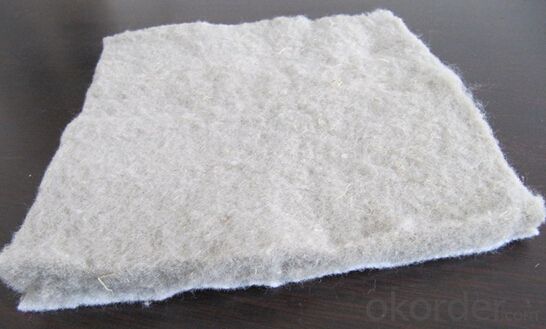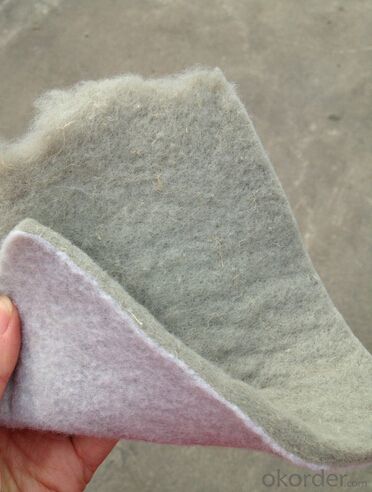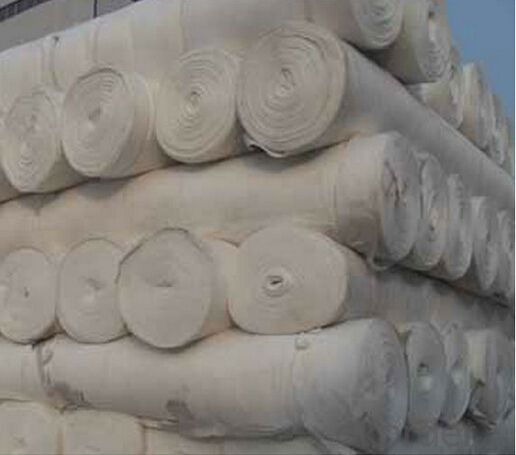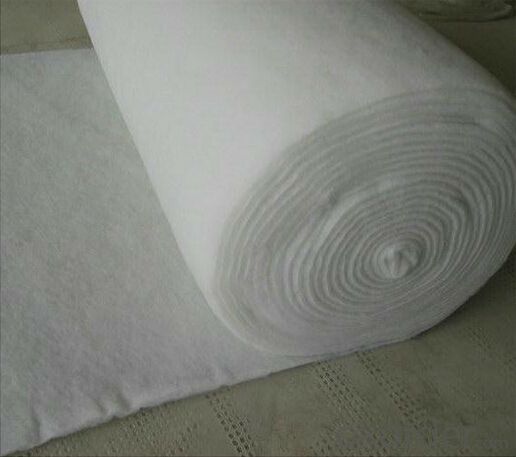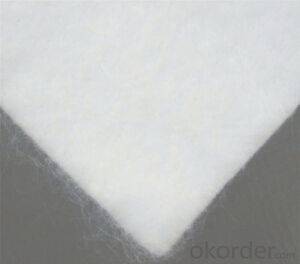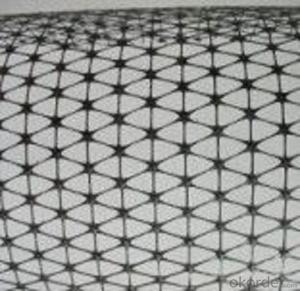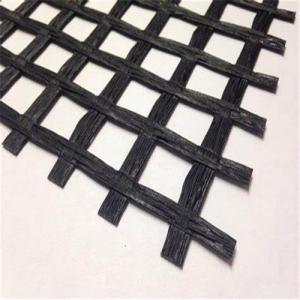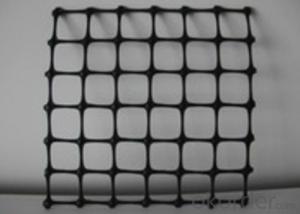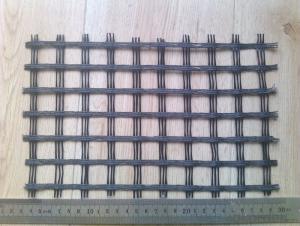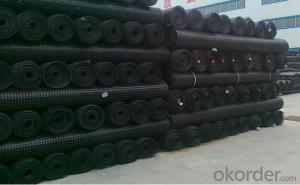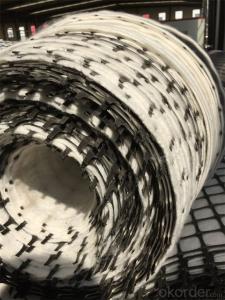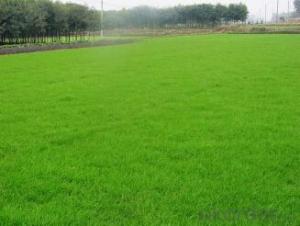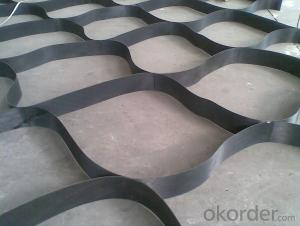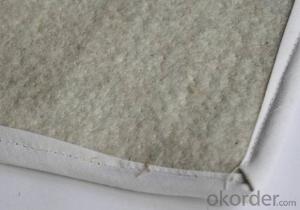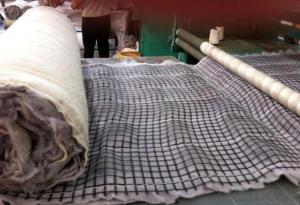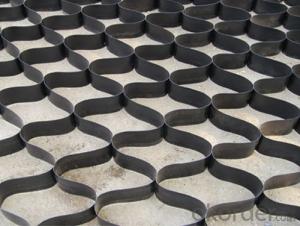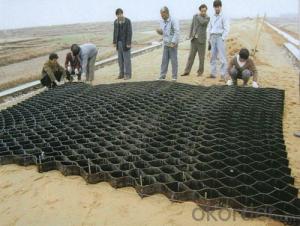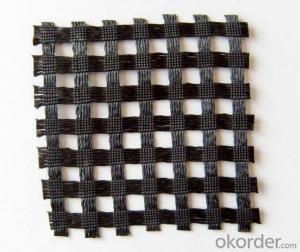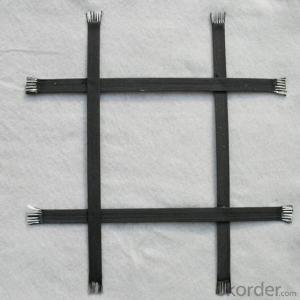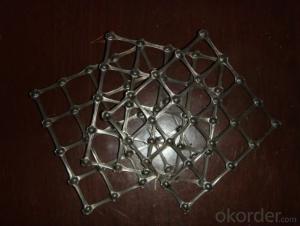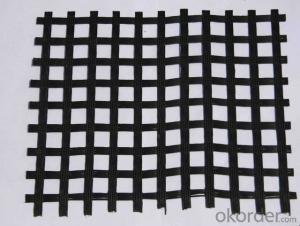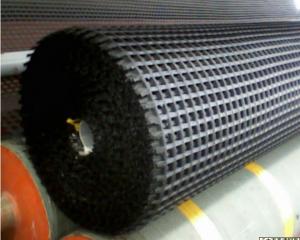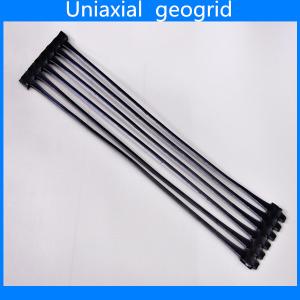Eco-Friendly HPDE Geocells for Nutrition Geotextile in Ecological Prevention and Control
- Loading Port:
- Qingdao
- Payment Terms:
- TT OR LC
- Min Order Qty:
- 5000 m²
- Supply Capability:
- 2000000 m²/month
OKorder Service Pledge
OKorder Financial Service
You Might Also Like
Nutrition geotextile in water environmental engineering .
Specification:
1. 200g/m2-400g/m2
2. One side thermally bonded nonwoven geotextile
3. Both sides thermally bonded nonwoven geotextile
Product Feature:
1. Simple and fast construction
2. Achieve the greening effect quickly after construction
3. Due to the grass and composite fiber fabrics become into one integration, so it has the ability of certain degree of flow resistance for the water rising before the grass survive.
4. Composite fiber fabric is a continuous structure from slope top to slope toe, both ends are fixed, has high water flow resistance.
Technical Specification
5.0 m length and 1.05 m width. Reverse side all used filter material. Grass seeds: Bermuda grass (warm season grass), Bahia grass (warm season grass), Kentucky bluegrass (cold season grass), Tall fescue grass (cold season grass), Red fescue grass (cold season grass). Plant height: 0.1 ~ 0.5 m.
| NO. | Items | Specification | Notes | |||
| 1 | Total unit area weight g/sq.m | ≥380 | ||||
| 2 | dimension | width m | 1.0~2.0 | |||
| length m | as per user’s request | |||||
| 3 | Composite fiber fabrics | Material | Polyester Fiber | High strength PET | ||
| Unit area weight g/sq.m | ≥160 | |||||
| Mesh dimension mm | 8×8 | |||||
| Extension strengh kn/m | ≥11 | MD & CD | ||||
| 4 | Filtra layer | Material | Polyester non woven geotextile | |||
| Unit area weight g/sq.m | ≥40 | |||||
| 5 | Grass seeds, Fertilizer | Type | According to actual situation choose 3~5 grass seeds | |||
| Plant height m | 0.1~0.3 | |||||
| 6 | Fiber layer | Material | wood pulp cellulose | |||
| Unit areaweight g/sq.m | ≥15 | |||||
| 7 | flow resistance | ≥4 | not allow appear scour, suction and blanket turn-over etc. damage phenomenon | |||
| M/s | ||||||
| 8 | Anti-UV strengh conservation rate % | 65~80 | 3000hrs Continuously exposure 3000hrs | |||
| 9 | Supporting spare parts | ABS fastening nail | Material | ABS Resin | Fixed between two blankets by length direction | |
| Fiber diameter mm | 35 | |||||
| Nail length mm | 325 | |||||
| Lnail | Material | Steel wire (content 10% zinc-aluminium alloy) | Used to fix single blanket | |||
| Fiber diameter mm | 4 | |||||
| Nail length mm | 200 | |||||
| ABS connecting nail | Material | ABS Resin | Used in the slope between the two blankets ( width direction) | |||
| Nail length mm | 38 | |||||
| Connecting fiber | Material | High strength Polypropylene | Used in the slope between the two blankets ( width direction) | |||
| Length mm | Cut as per request | |||||
APPLICATION:
Generally laid on the river channel, slope protection etc. slope revetment projects, to control the water erosion, soil loss, meantime can reach the effect of slope ecological restoration and landscape greening, making river back to natural.
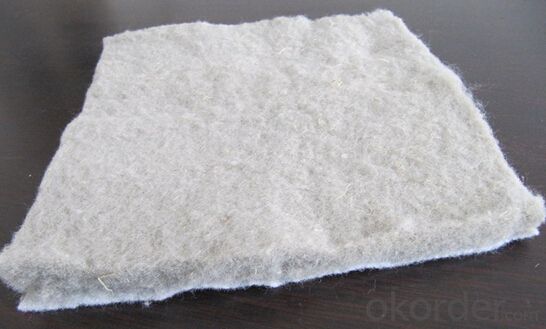
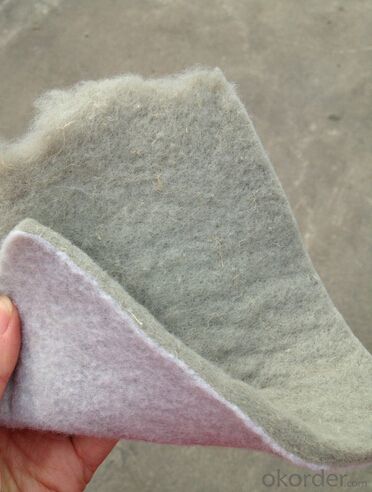
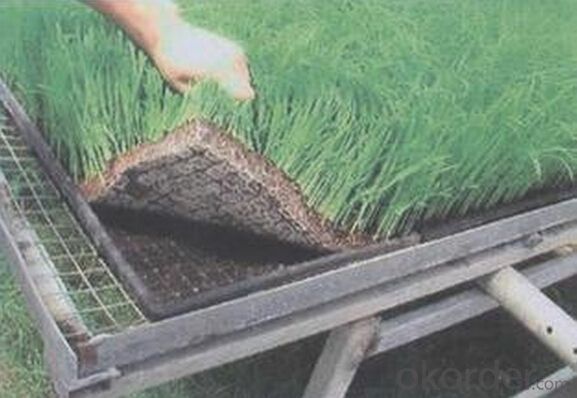
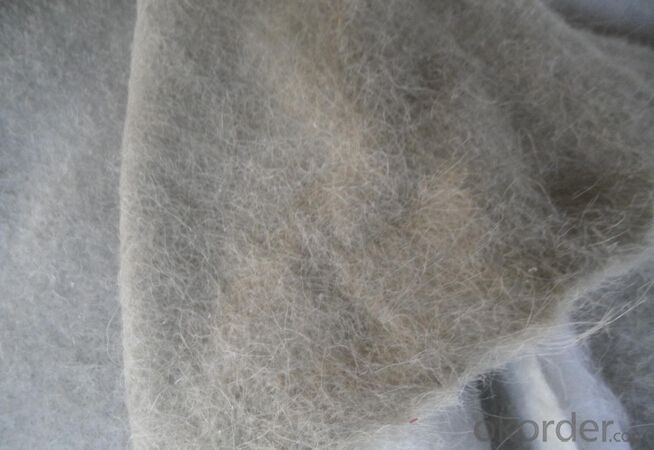
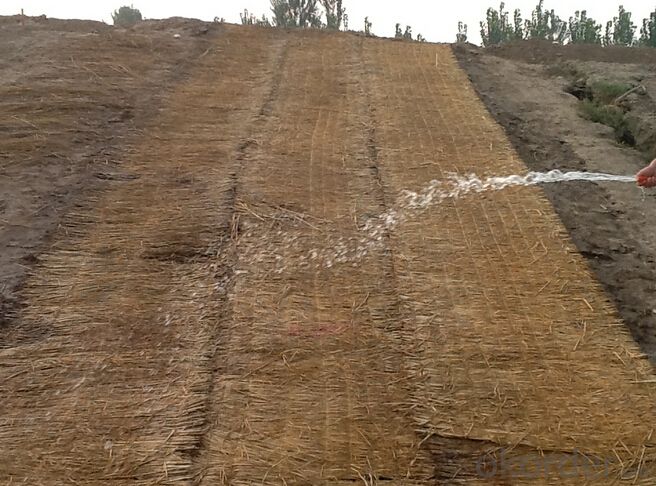
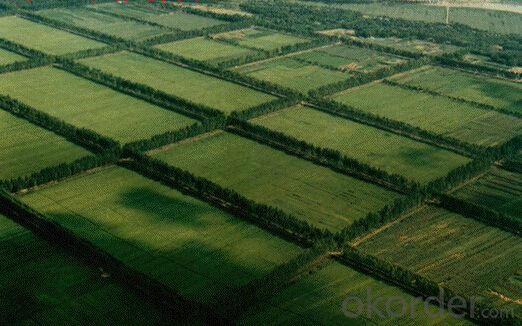
- Q: Can geogrids be used in landfill capping systems?
- Yes, geogrids can be used in landfill capping systems. Geogrids are often used as reinforcement materials in landfill capping systems to enhance stability, prevent erosion, and provide long-term support for the capping layer. They are placed between layers of soil or other materials to improve the overall performance and effectiveness of the landfill capping system.
- Q: How much is the double polypropylene plastic geogrid outsourcing testing fee?
- Special material testing cycle is not the same, some 3 days, some need to soak, need to detect acid-base, a lot of a lot, and I hope to help you, please adopt,
- Q: What is the price of geogrid? There are geogrid manufacturers that good?
- I come to help you answer, geogrid with fiberglass geogrid, plastic geogrid, steel plastic geogrid, polyester geogrid, etc., there are two-way and one-way points, there are three special shaped, etc.According to the general specification of geogrid tension kn, such as 20kn/m,
- Q: History of geotechnical materials
- Geosynthetics are widely used in geotechnical engineering at present, which is a general name of polymer products. As early as in 1920s, the chemical industry was successful in the production of synthetic materials, but it was not until the late 50s that the material was gradually used as a new type of building materials to be used in geotechnical engineering. In the early stage, the products were mainly pervious to spinning and non-woven geotextiles, and later produced impermeable geomembrane. With the requirement of engineering practice and the improvement of manufacturing technology, the geogrid and other composite products with high strength reinforcement are manufactured. In this way, the original geotechnical fabric word has not summarized all kinds of products in the international meaning, so there are many alternative names, the geotextile material was the most common, but the habit still referred to as geotextile. Geotechnical material is divided into several categories of materials: geotextile, geomembrane, geogrid, drainage board, composite geomembrane, geotextile, geocell, bentonite waterproof blanket, etc..
- Q: How are geogrids manufactured?
- Geogrids are manufactured through a process known as extrusion, where high-density polyethylene (HDPE) or polypropylene (PP) materials are melted and forced through a die to create a continuous mesh-like structure. This structure is then stretched in different directions to orient the polymer molecules, giving the geogrid its strength and stiffness. The material is then cooled, cut to the desired length, and rolled into large rolls for distribution and use in various geotechnical applications.
- Q: The amount of geotextile is estimated to be used on both sides of the retaining wall
- Should be the first grille, I specialized in the production of geotechnical materials, I wish smooth
- Q: Are geogrids suitable for use in mine tailings containment?
- Yes, geogrids are suitable for use in mine tailings containment. Geogrids are high-strength, durable materials that can effectively stabilize and reinforce soil or rock structures. They can be used to create stable walls, slopes, or liners in tailings containment areas, helping to prevent erosion, control flow, and enhance the overall stability of the containment system.
- Q: How do geogrids improve the performance of flexible retaining walls?
- Geogrids improve the performance of flexible retaining walls by providing reinforcement and stability to the soil behind the wall. They help distribute the lateral pressure from the retained soil, reducing the risk of wall failure. Additionally, geogrids increase the overall strength of the wall, allowing it to withstand greater loads and forces.
- Q: Can geogrids be used in stormwater management?
- Yes, geogrids can be used in stormwater management. Geogrids are often employed in stormwater management systems to reinforce soil and stabilize surfaces, such as retaining walls, slopes, and embankments. They help prevent soil erosion, enhance drainage, and improve the overall performance and longevity of stormwater management infrastructure.
- Q: What is the purpose of using the three - way geogrid in the gravel layer
- So that the crushed stone layer is more solid and meets the design requirements.
Send your message to us
Eco-Friendly HPDE Geocells for Nutrition Geotextile in Ecological Prevention and Control
- Loading Port:
- Qingdao
- Payment Terms:
- TT OR LC
- Min Order Qty:
- 5000 m²
- Supply Capability:
- 2000000 m²/month
OKorder Service Pledge
OKorder Financial Service
Similar products
Hot products
Hot Searches
Related keywords
